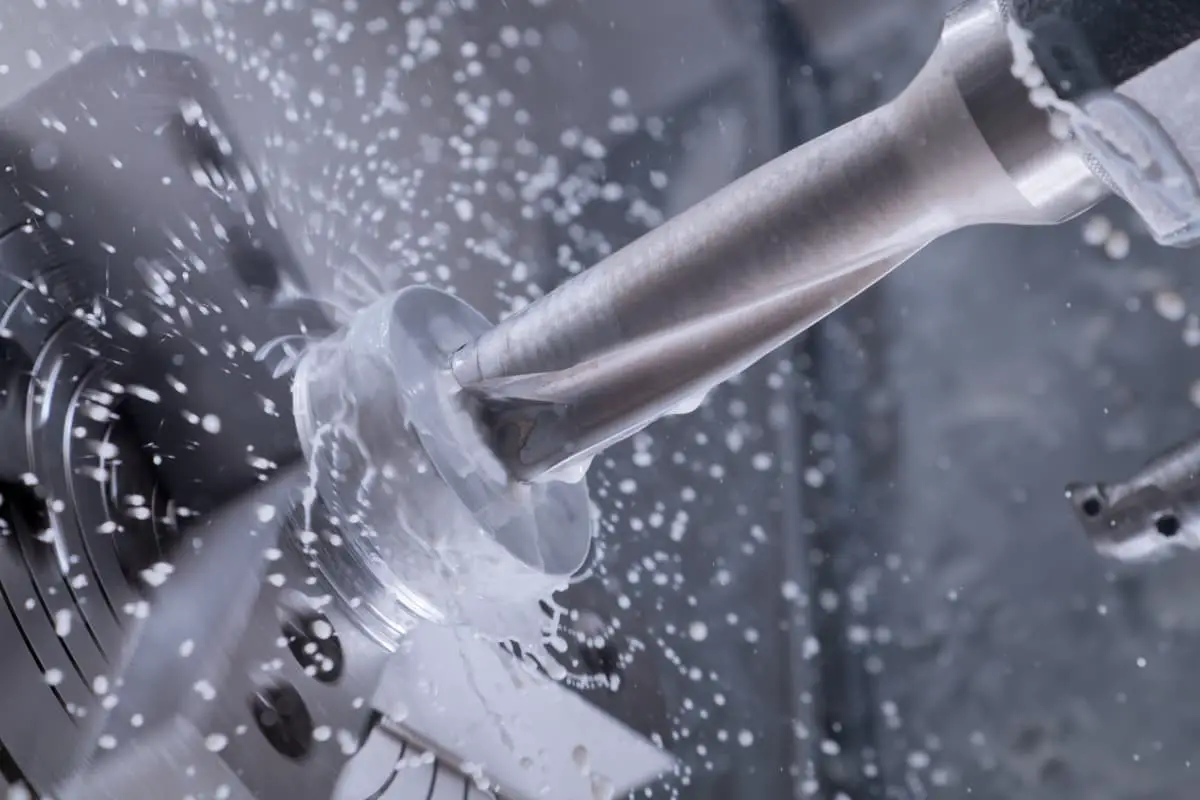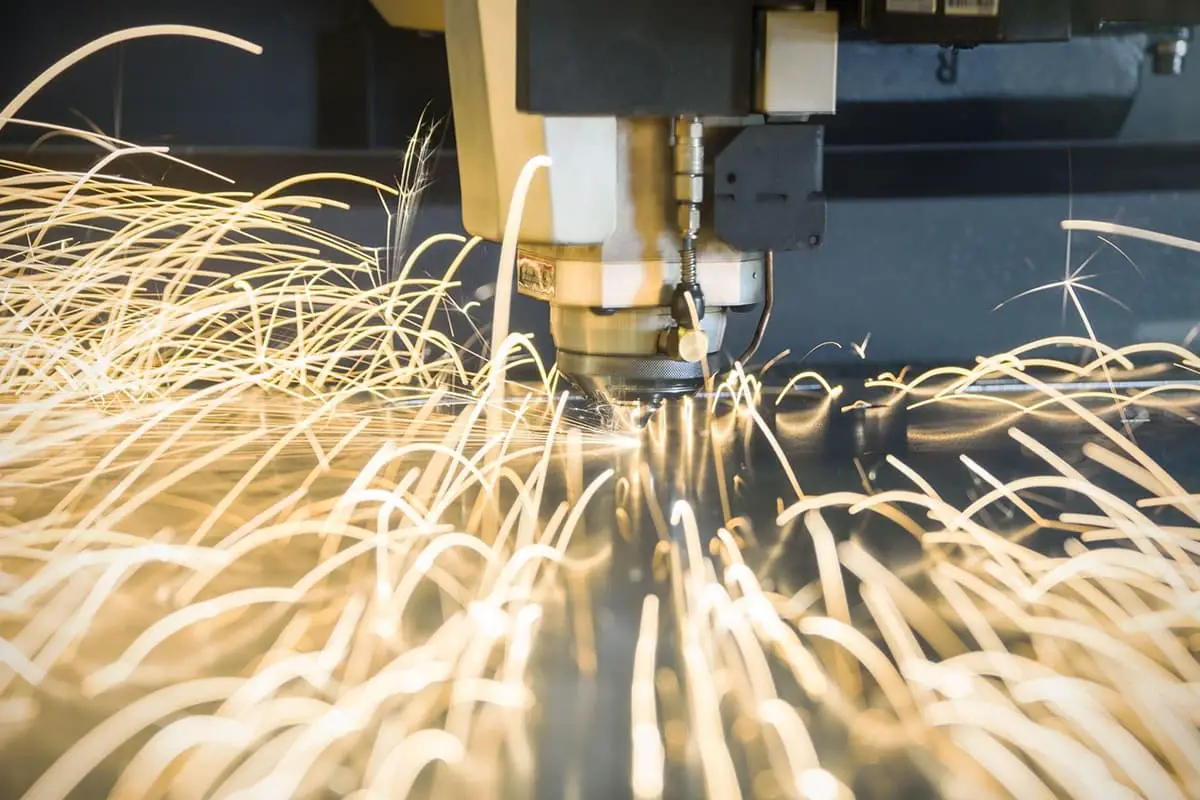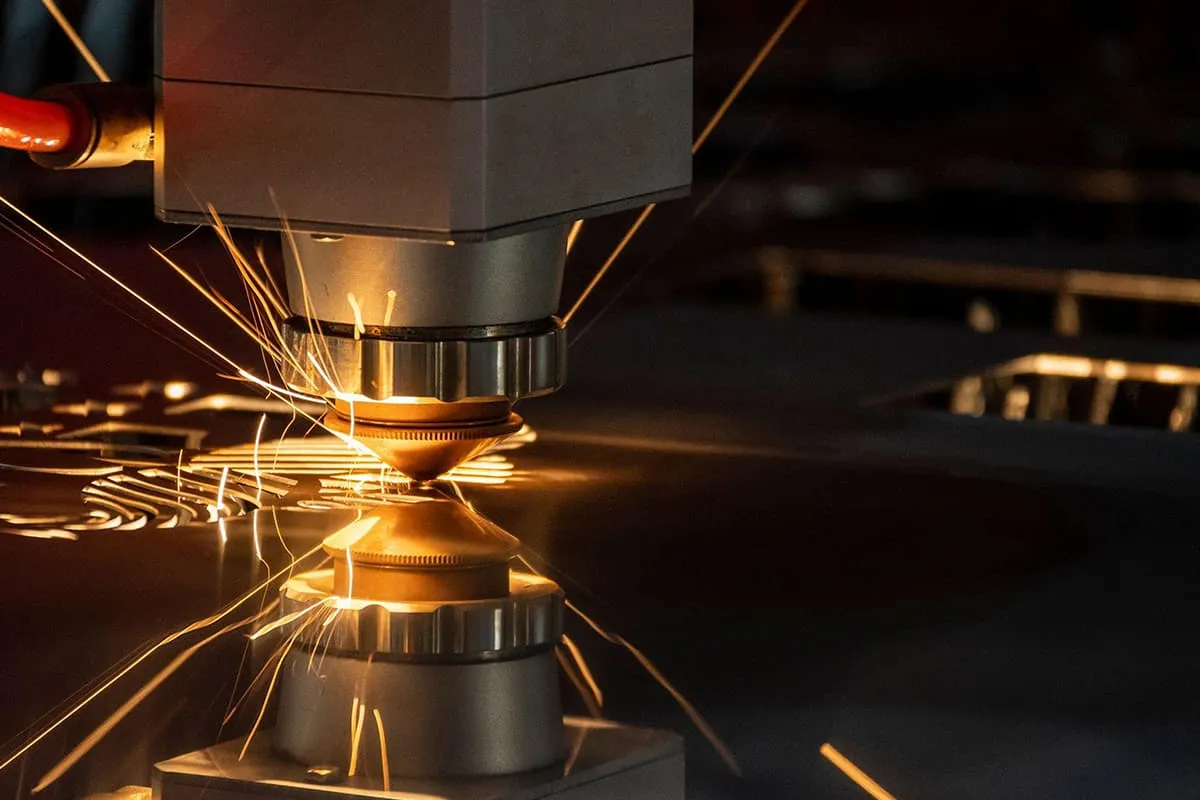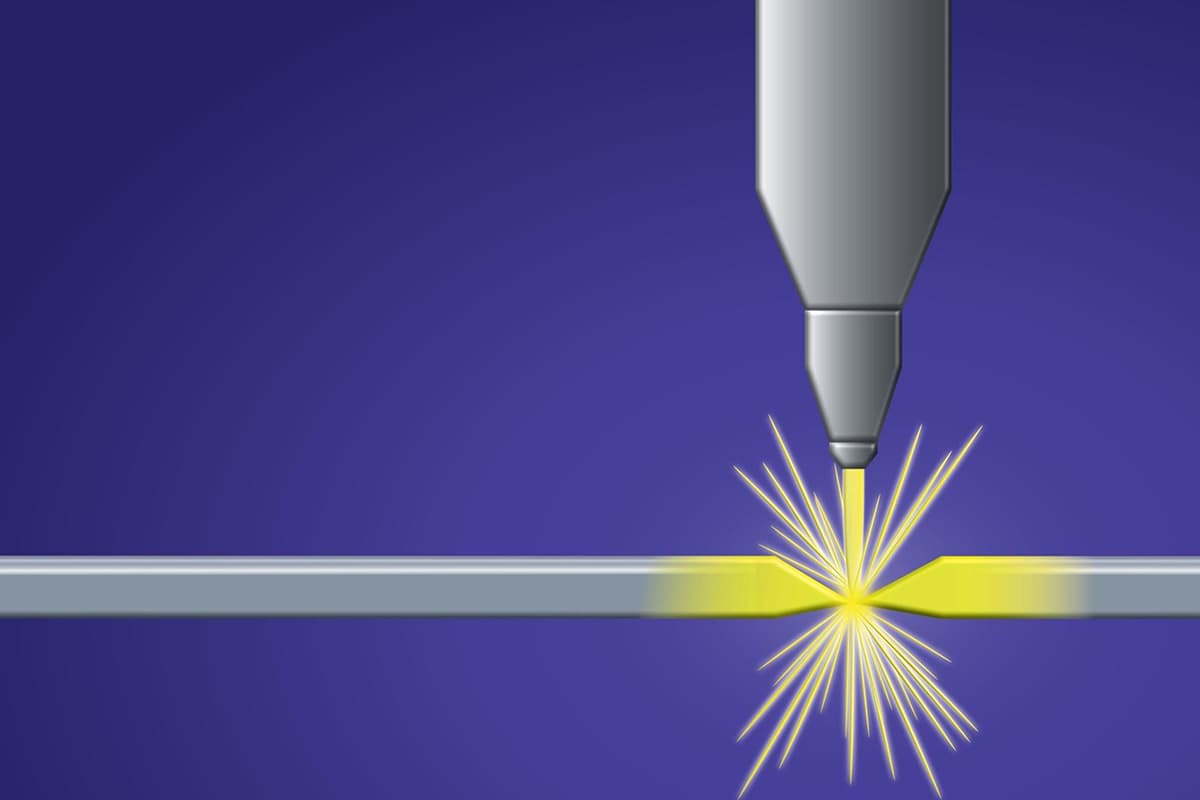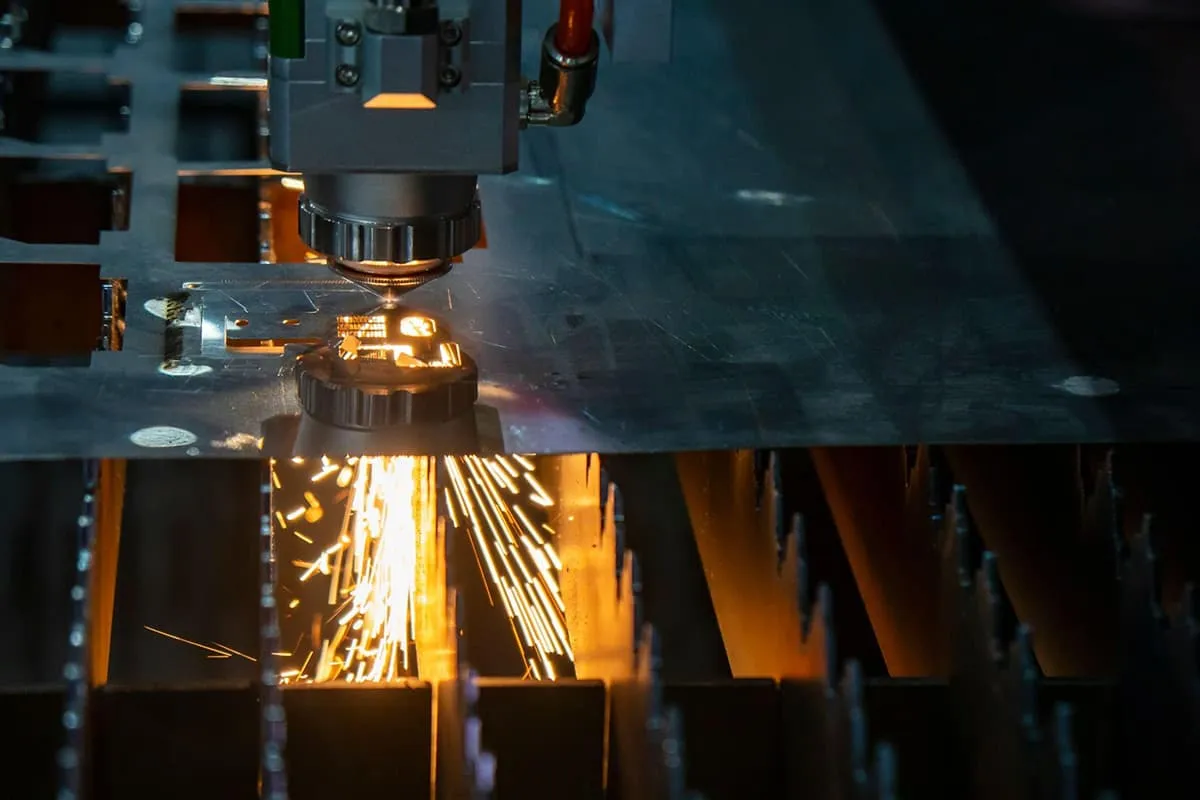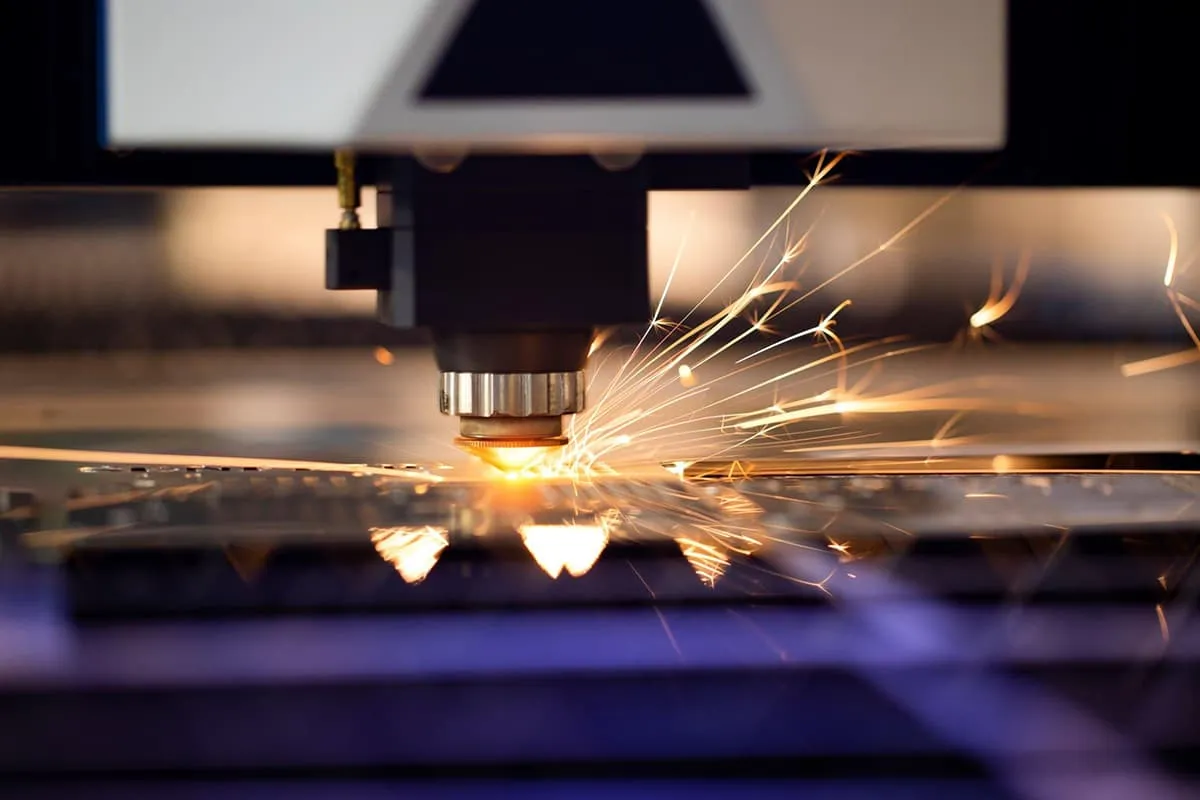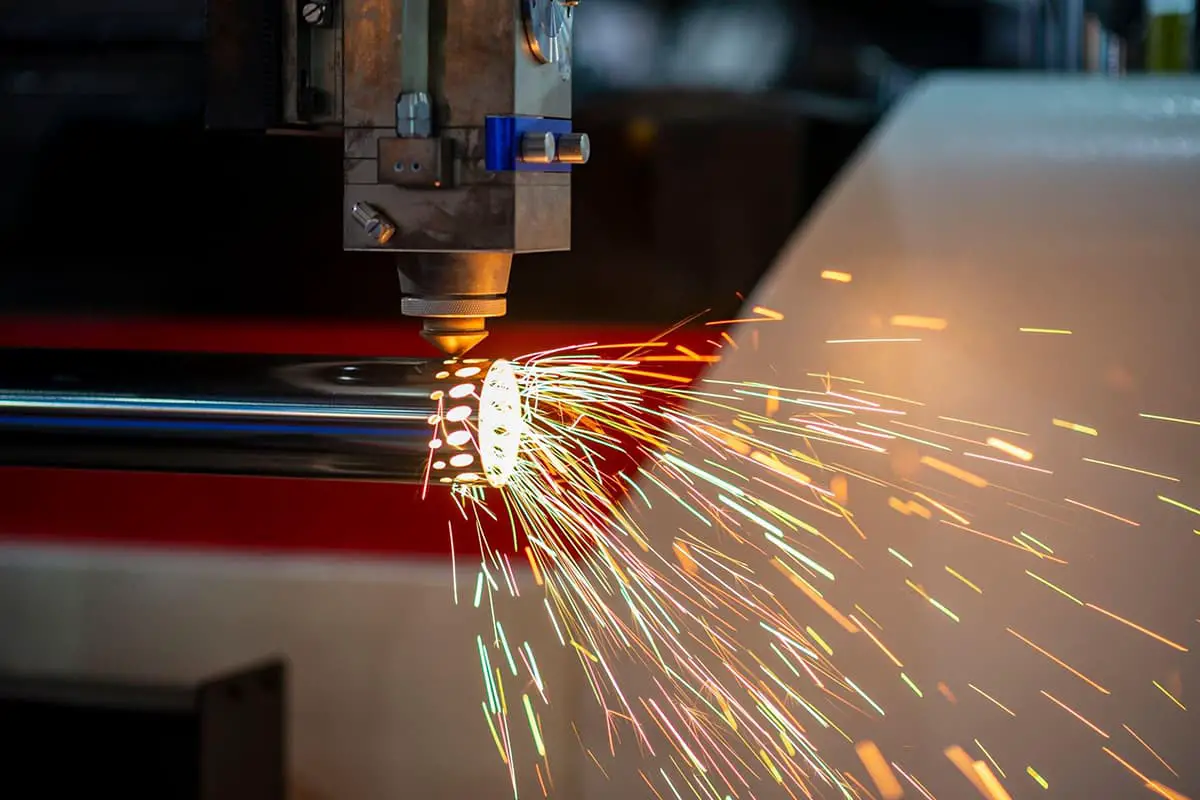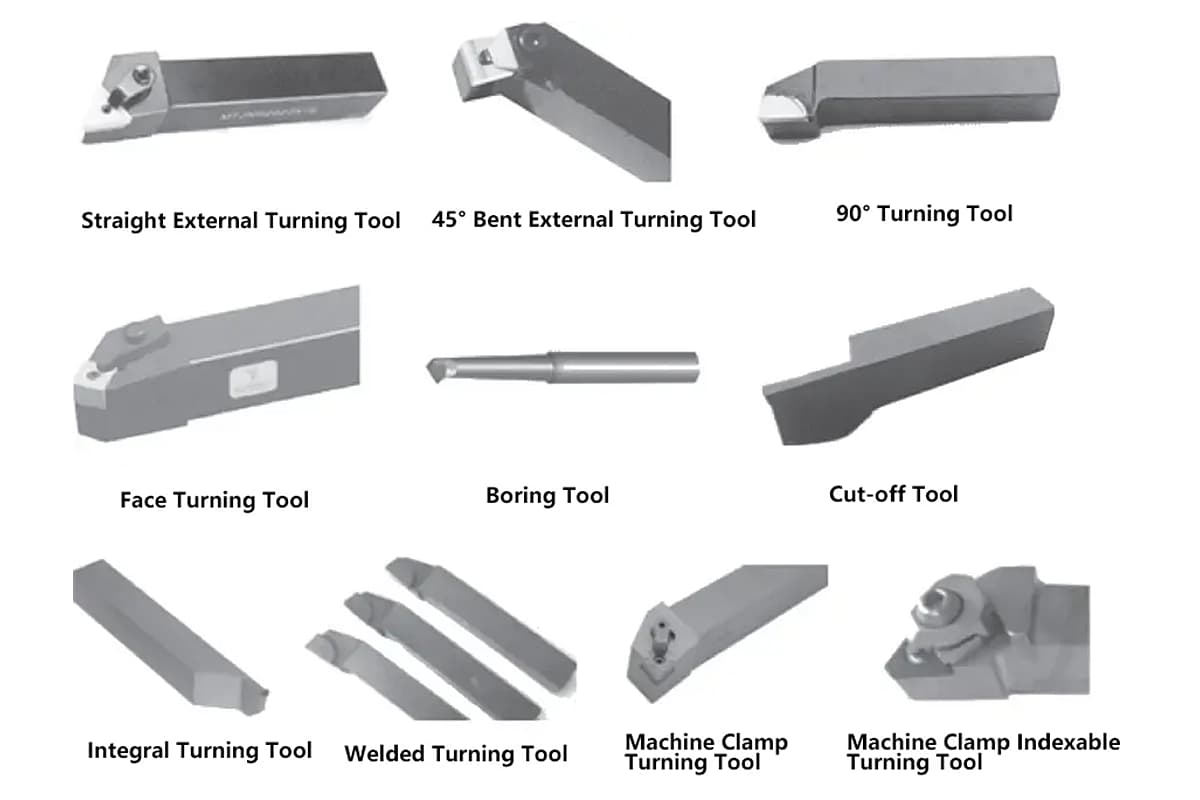
The magnitude of cutting parameters significantly impacts cutting force, power, tool wear, machining quality, and cost. When choosing cutting parameters, the goal is to ensure machining quality and tool life while maximizing machine tool and cutting tool performance for the highest cutting efficiency and the lowest machining cost.
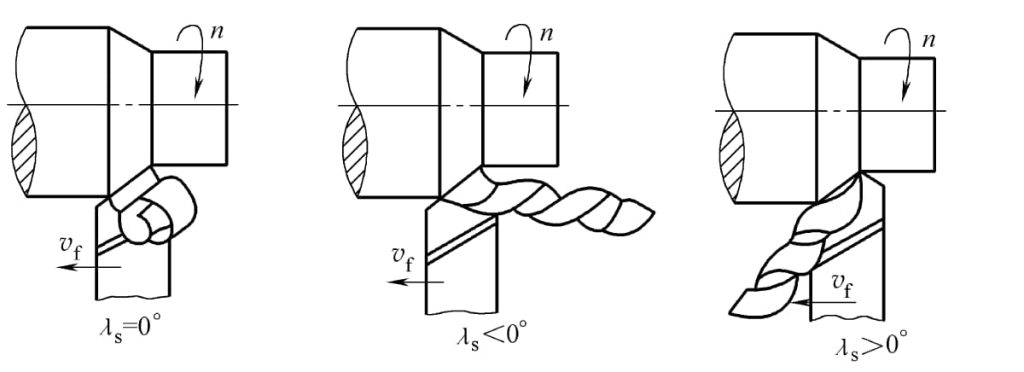
Selection of Depth of Cut
The depth of cut is typically chosen based on the nature of machining and the remaining material. For rough machining, a larger depth of cut should be used to remove excess material, minimizing the number of feed passes, while leaving sufficient material for semi-finish and finish machining.
In situations where the remaining material is excessive or the rigidity of the process system is insufficient, or the tool bit strength is inadequate, or the remaining material is uneven, multiple feed passes should be implemented. In such cases, the initial feed should have a larger depth of cut, taking up 2/3 to 3/4 of the total excess material.
The depth of cut should gradually decrease in subsequent feeds to achieve a smaller surface roughness and higher machining precision in the finishing process. When cutting materials like castings, forgings, or stainless steel with a hard surface layer or severe cold hardening, the depth of cut should exceed the hard layer to avoid cutting on it.
On medium-power machine tools, the depth of cut for rough machining can reach 8-10mm, for semi-finish machining, it ranges from 0.5-2mm, and for finish machining, it is between 0.1-0.4mm.
Choice of Feed Rate
With a fixed depth of cut, a larger feed rate results in a larger cutting force and rougher machining surface. Therefore, during rough machining, the feed rate is primarily limited by the cutting force. Given the rigidity and strength of the tool, workpiece, and machine tool’s feed mechanism, a larger feed rate can be chosen, typically f=0.4-1mm/r.
During semi-finish and finish machining, the feed rate is mainly limited by the surface roughness because of the smaller depth of cut and the resulting smaller cutting force. When the tool has a reasonable transition edge and a high cutting speed, a smaller feed rate can be chosen.
However, the feed rate should not be too small, as this not only affects productivity but also the quality of machining due to the inability to properly form chips from too thin a cut. Typically, f=0.15-0.3mm/r is chosen.
Choice of Cutting Speed
The choice of cutting speed depends on the tool material, workpiece material, and machining conditions. For tool materials with high heat resistance, such as carbide, a larger cutting speed can be chosen.
For tool materials with lower heat resistance, like high-speed tool steel, a relatively lower cutting speed should be used. When the workpiece material has high hardness and strength, a lower cutting speed is used; otherwise, a higher cutting speed is adopted. During rough machining, due to the limitations of tool life and machine tool power, a relatively lower cutting speed is typically used.
In contrast, during finish machining, which is mainly limited by tool life, a relatively higher cutting speed is generally employed. Additionally, the following points should be considered when choosing the cutting speed:
1) Avoid areas where chip build-up is likely during finish machining.
2) Reduce cutting speed appropriately during intermittent cutting to lessen impact and thermal stress.
3) Avoid the critical speed of self-excited vibration when there’s a likelihood of vibration.
4) Reduce cutting speed appropriately when machining large parts, long slender parts, and thin-walled parts.

